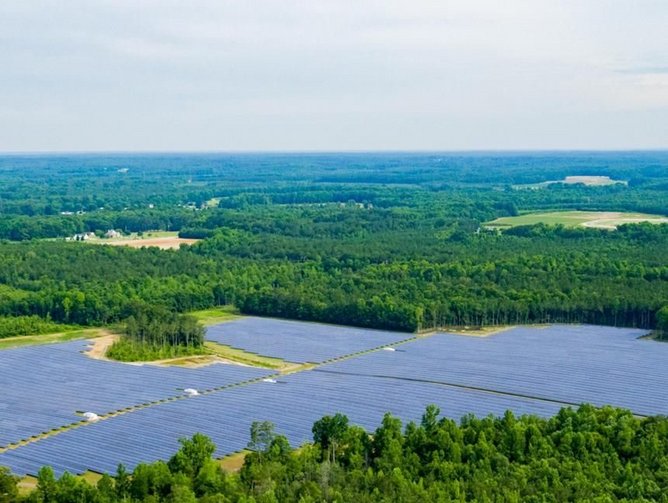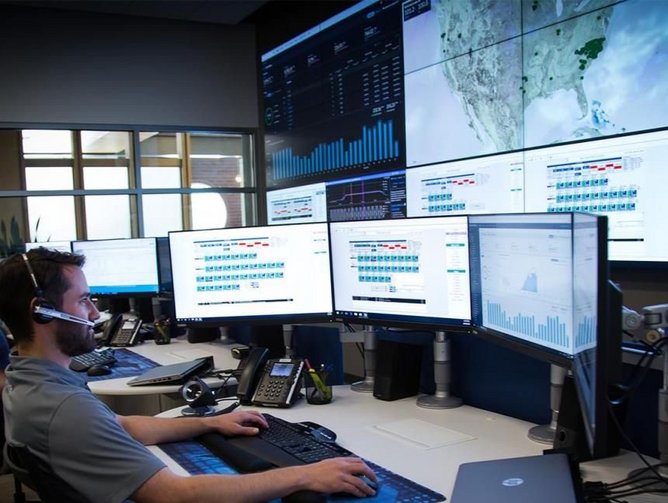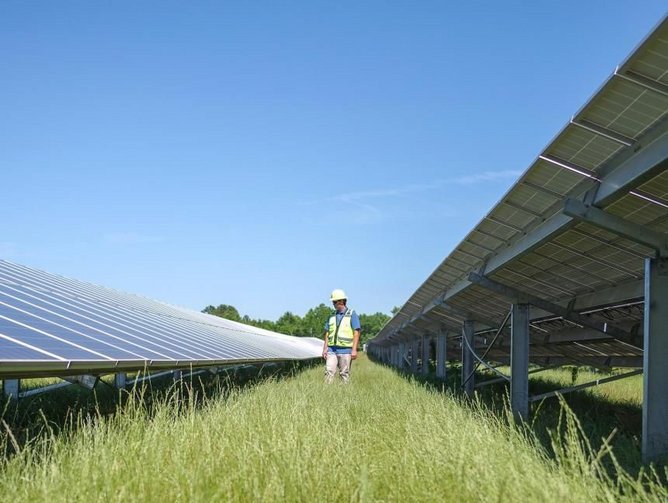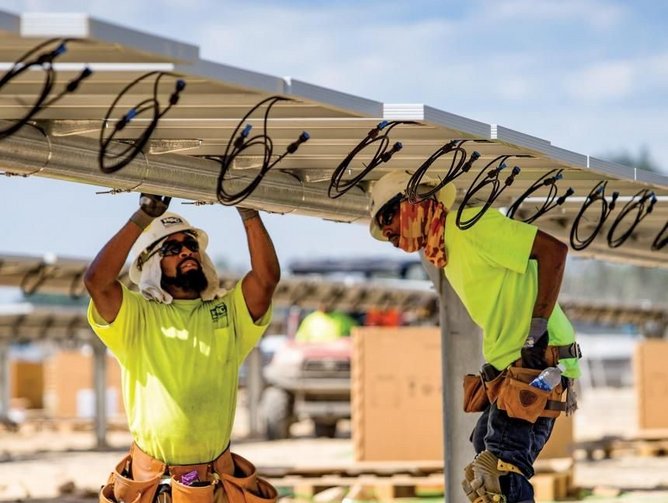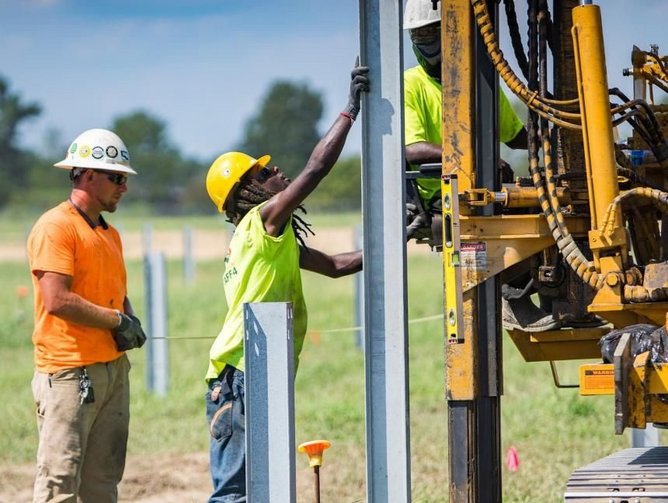Cypress Creek Renewables and the ongoing growth of utility solar in the US
The solar energy market is booming across the United States. Americans are increasingly demanding access to cleaner sources of energy, driving utilities and large corporate electricity consumers to turn their attention towards renewable energy projects.
With such high demand, integrated utility-scale solar developer Cypress Creek Renewables has been behind the development, construction and operation of an array of projects across a dozen states, including North Carolina, New York, and Oregon. The company has placed focus on working alongside community, utility and commercial clients to undertake all the required work.
“Cypress Creek is unique. While we find and develop land for solar farms, we also have a group that builds projects. I run the operations team. Projects are handed to us after they are built,” explains Joe Brotherton, Executive Vice President of Operations and Maintenance.
"Because we have this integrated approach to project development, construction and operations, our Operations and Maintenance (O&M) team is able to be involved in the upfront work, whereas a traditional operator would not be.”
Upgrading facilities
In April, Cypress Creek opened its national solar control center at its flagship Research Triangle Park, North Carolina office. The new control center marks a significant milestone for Cypress Creek as the company expands its operations and maintenance services for third-party customers and signals its unique ability to operate secure solar sites and maximize production.
The C4 is just one of a handful of North American Electric Reliability Corporation (NERC) – Critical Infrastructure Protection (CIP) compliant control centers in the country operated by a solar-only company. The C4 was designed to meet North American Electric Reliability Corporation’s (NERC’s) most stringent cyber security and reliability requirements. To meet the new compliance level, Cypress Creek hired 22 people over the past three months.
Partnering with Power Factors to implement a robust data collection system across its 230 operating power plants, data is now pulled from each plant and centralized into one core platform inside of Cypress Creek’s new control center. Through this investment, the business has gained increased visibility across its entire portfolio. Additionally, it has allowed teams to gain direct access to a site to look at any potential issues.
“We want to undertake as much work ahead of time so that we can tell a technician where to go, take the required parts and relevant tools to undertake a specific repair,” says Brotherton.
“Reducing plant or component downtime is our O&M team's main goal; to produce as much as we can so smart repairs and efficiency all starts with my team in the operation center.
“When an alarm goes off, it generates a work ticket which automatically goes to a technician. As we have undertaken all this upfront work, the responsible technician will reach it in (almost) real time and fix the issue,” he continues.
“We've automated our entire monitoring process. From a data analysis standpoint, we can get into granular detail around site performance.
“With data analysis we can see that the plant is on, but it's not performing as best that it could be. We can see what we can gain by either fixing something; being predictive in our maintenance, analyzing data and seeing trends to resolve issues before they happen.”
Enhancing opportunities for communities
With extensive experience in both operations and maintenance and the semiconductor space, Brotherton is aware of how partnering with communities can benefit all parties.
“When we go into a new area, we show the community how we’re going to build these projects and illustrate how a solar project will benefit them,” he says.
One of the ways that Cypress Creek shows its commitment to the community is through workforce development. The company has collaborated with five community and technical colleges across the country, including Cape Fear Community College in North Carolina to train future solar workers.
“We're doing this in areas where solar is popular and there are a lot of projects. Having qualified personnel allows us to build cheaper, quicker and more efficiently.
“From construction jobs to the operations side, we have licensed electricians, medium and high voltage experts, which all come with a level of training. We’re moving so quickly and have looked at who we can partner and build a curriculum to create more opportunities,” comments Brotherton.
“If we know labor is available, that's great from a construction standpoint. From the operation side, having people that know electrical or solar-specific components benefit my group specifically. We also have an internal training program where we can bring individuals up to speed,” he continues.
Supporting industry growth
By operating across the entire life cycle, Cypress Creek offers exceptional, seamless performance across its development, construction and O&M capabilities. With all three groups working in sync, any issues can be mitigated or reduced, guaranteeing world-class results.
“If a project is going to have high operational costs or it's in the territory that we have some special vegetation requirement, we can start those conversations at the front end,” adds Brotherton.
Such is the company’s success, it has now looks to incorporate different initiatives at its solar farms.
“We now have our first project in Maryland where we're putting in pollinator habitats and beehives on site as part of our pollinator program,” he concludes.
